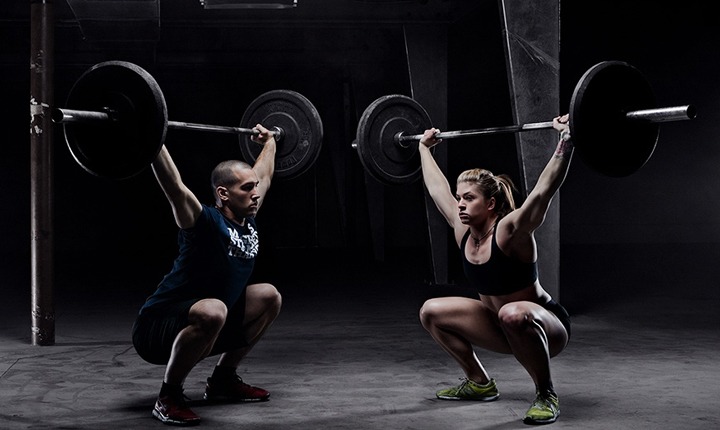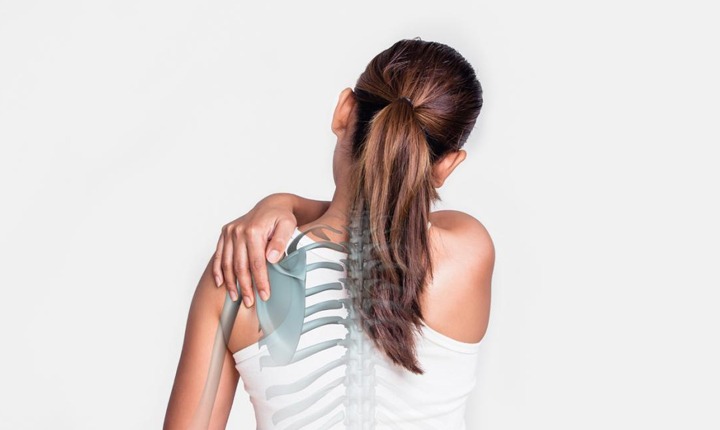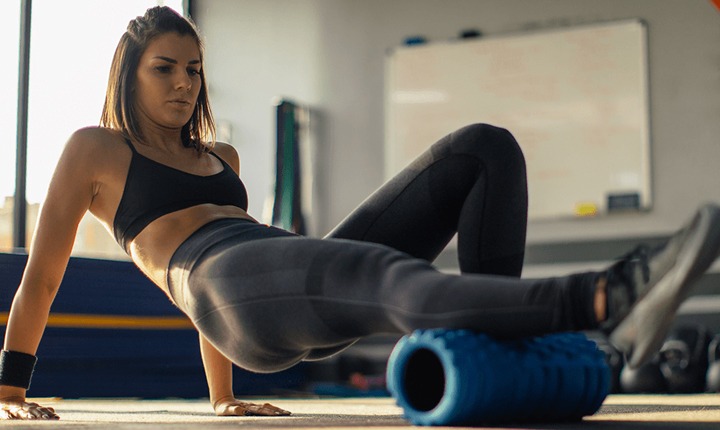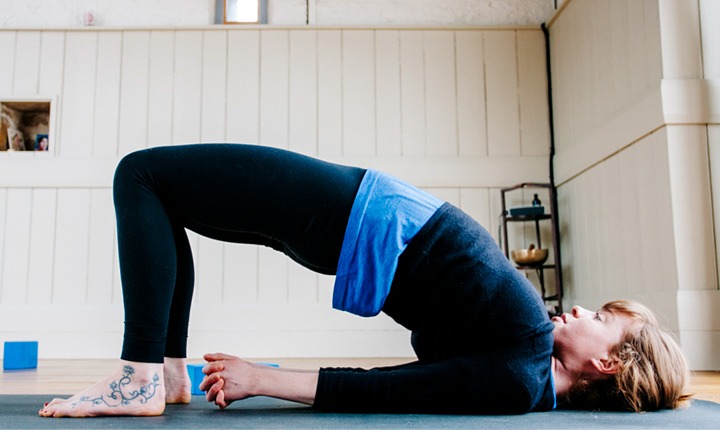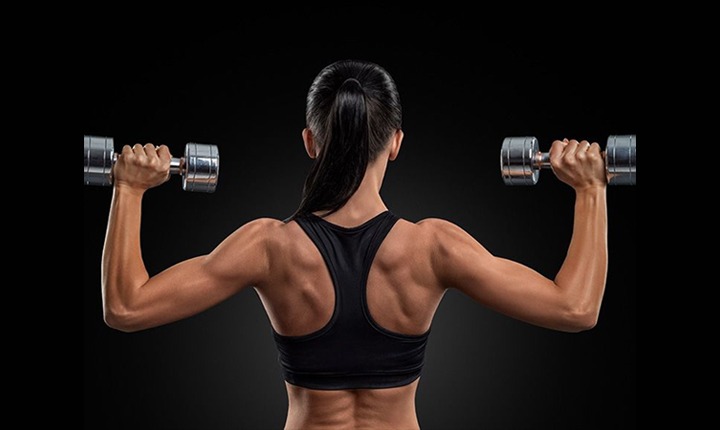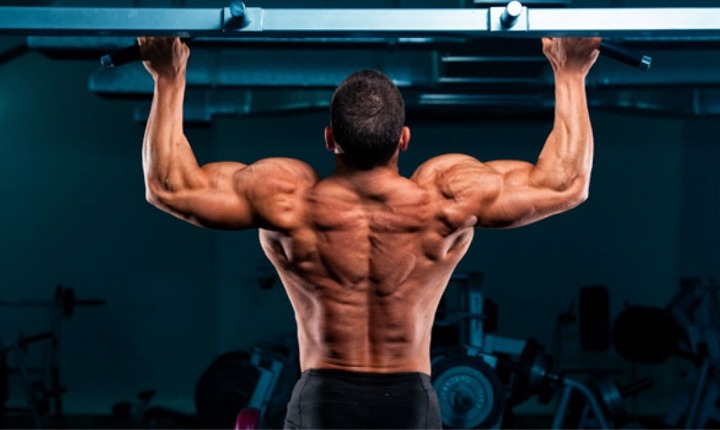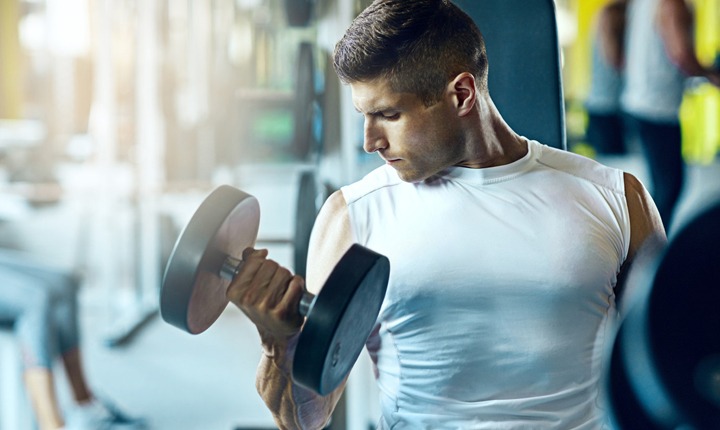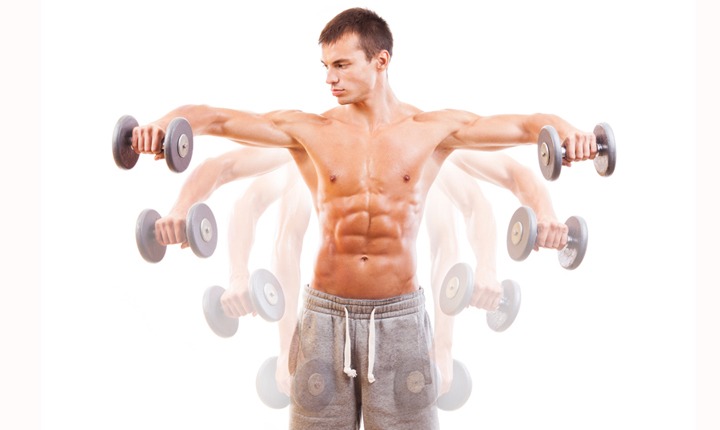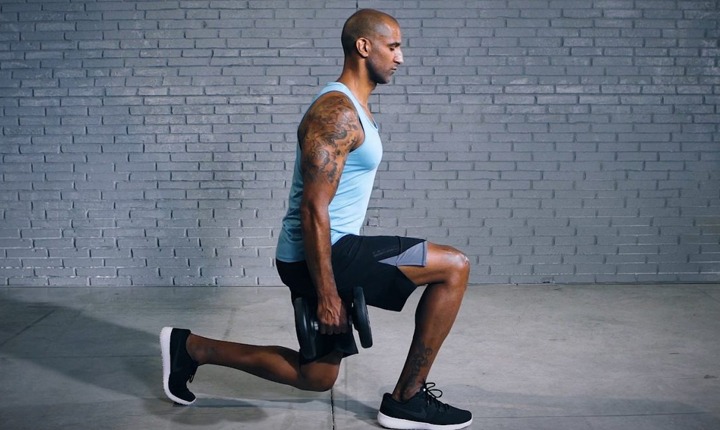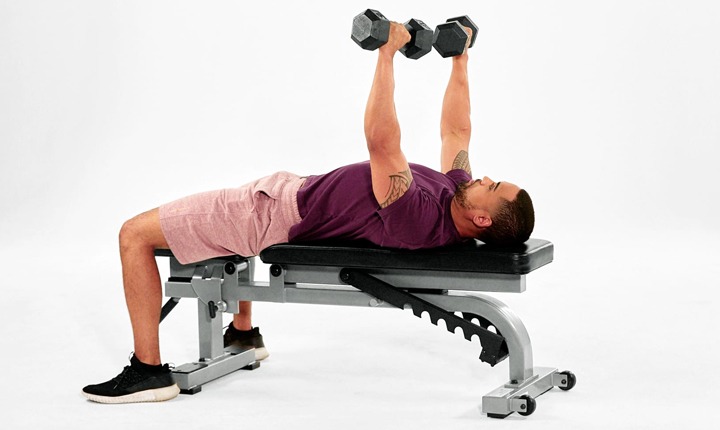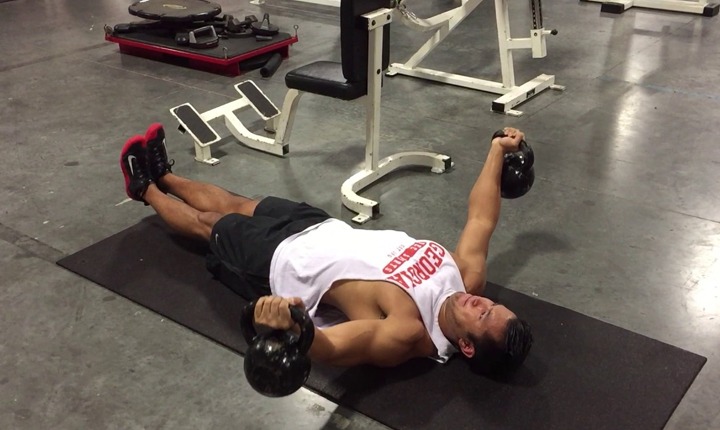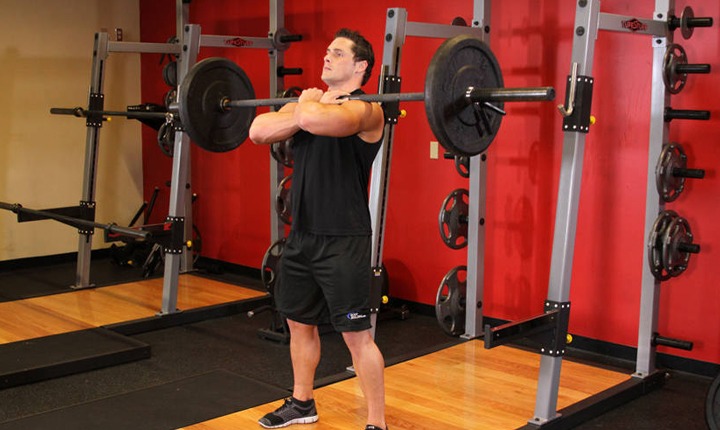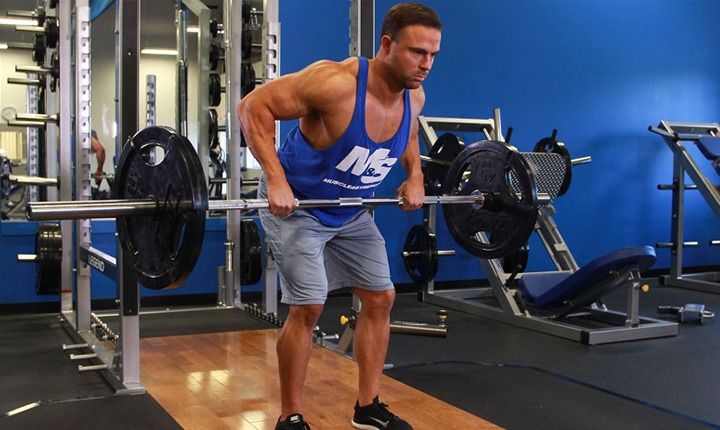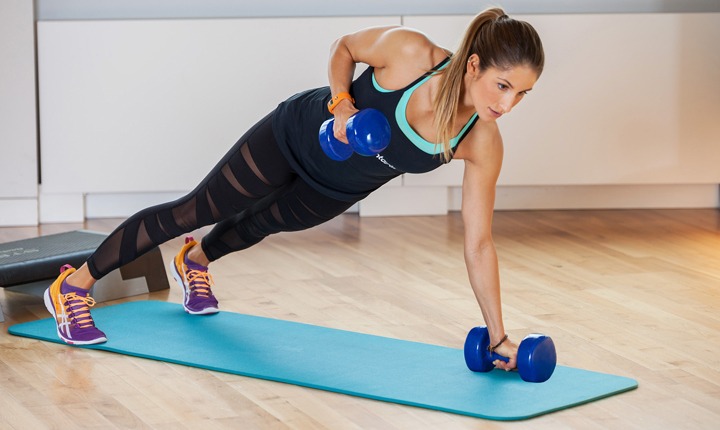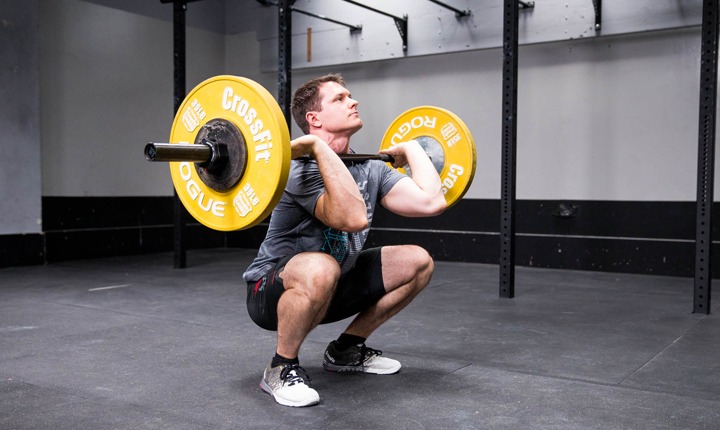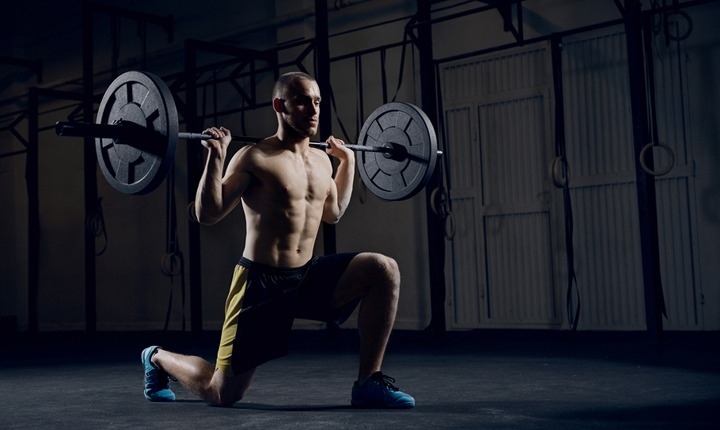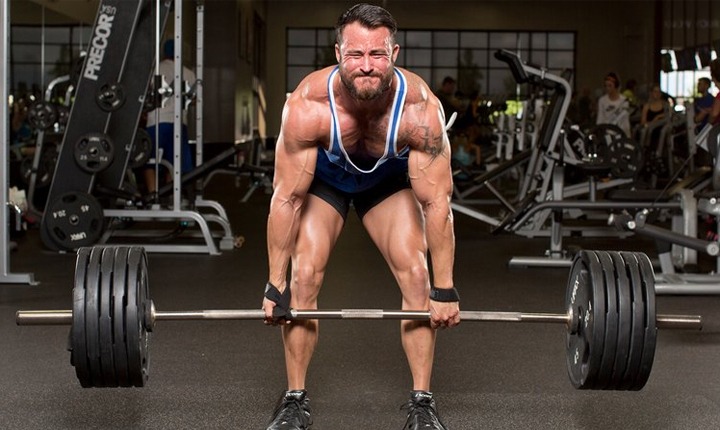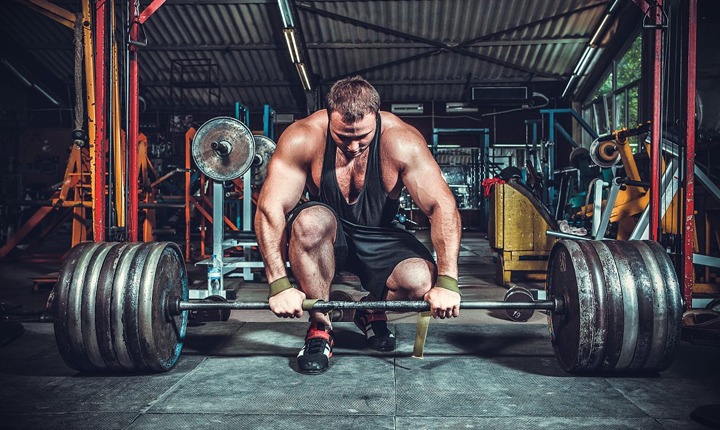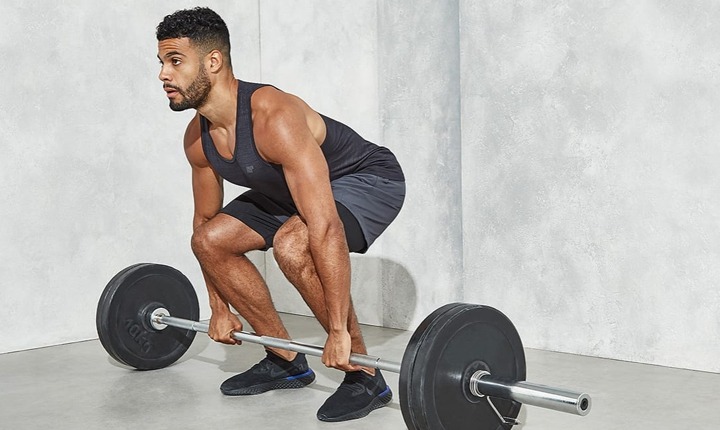Strength training is not only practiced for losing weight and building muscles. It is also practiced for increasing body endurance and immunity power. Certified gym trainers in almost every multigym of Kolkata suggest learning the steps of each exercise properly before performing that because wrong workouts may lead to injury and even muscle or joint pain.
Remember, you have to pair the strength exercises by creating a proper fitness regime where a set of strength training workouts will be practiced.
How to Lose Fat & Build Muscles with the Strength Training Workouts?
Strength training workouts need a proper diet to follow, so that you can feel light. This will also help you in balancing your body and lifting dumbbell weight without any trouble. Experts recommend some fat loss strength training workouts that you can practice at early morning to cut out the extra flab from each part of your body.
1. Chest Exercises
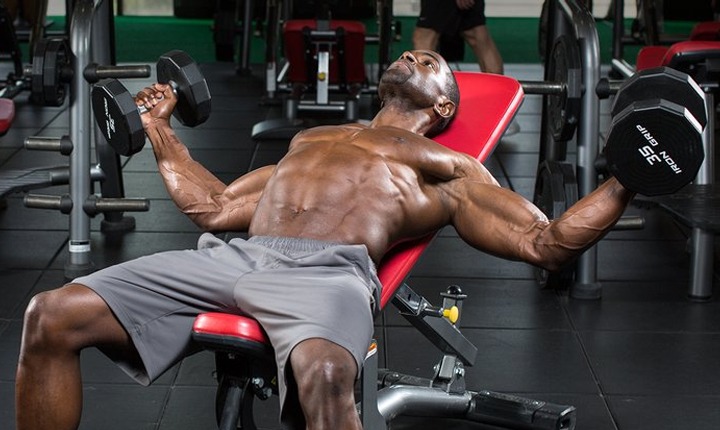
You may ask, why it is needed to increase the strength of your chest by practicing strength training. The answer is simple: if you want to increase the flexibility and endurance of your body, strength training is needed. Moreover, strength training helps in balancing your upper body muscles and improves your posture by giving a good shape to your chest. Some exercises for chest are:
- Bench Press – Bench Press is always a good fat loss strength training exercise that will help in cutting the fat from your arms, shaping your shoulder and arms, building muscles of the upper body and increase the strength of your chest portion.
- Cable Crossovers – This exercise helps in defining the muscles of the upper body and strengthen the chest and arms. Practicing this workout will also help you boost up the energy of your body.
- Inclined Dumbbell Press – This is one of the best strength training for fat loss that works on the sternocostal and clavicular head muscles. This dumbbell workout helps in building your posture and giving you the correct shape by lifting weight as per experts. This exercise also helps in developing the pectoral muscles of your upper portion.
2. Back Exercises
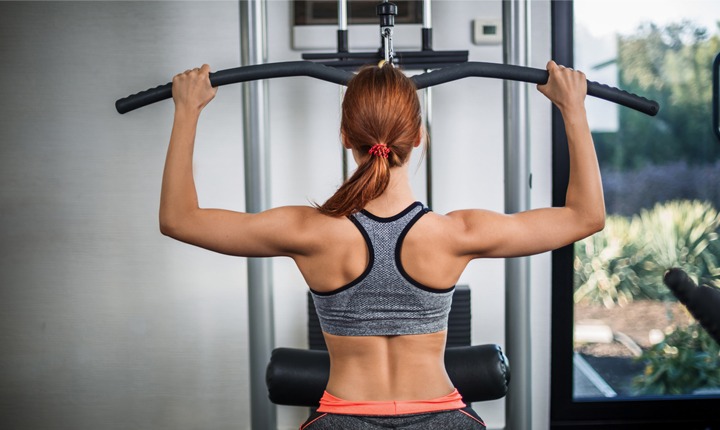
Strength training increases the bone density, manage your weight and reduce the risk of osteoporosis and back pain. The bones, ligament and muscle pain can be relieved by back strength training exercises. Moreover, these workouts burn calories and increase metabolism. Here are a few strength training back exercises:
- Hyperextension – If you are an athlete or a sportsman then Hyperextension is one of the best strength training workouts which provide you a strong back. Even this exercise can help you manage your back pain. Moreover, it will give support to your spine and will improve your posture.
- Seated Cable Row – This is a pulling exercise which works on the forearm muscles and upper arm muscles like triceps and biceps. Moreover, stabilizes your body and increases dynamism to the back portion of your body like shoulder, neck and upper back portion. You will also able to cut fat from the back portion with the help of this workout.
- Dumbbell Rows – This is one of the dumbbell exercises that strengthen the muscles of upper-back portion, rear deltoids, lats, forearm, and even biceps.
- Lat Pulldowns – This strength training alleviates tension and pain in the back portion of your body. It also develops the muscle of your arms.
3. Shoulder Exercise
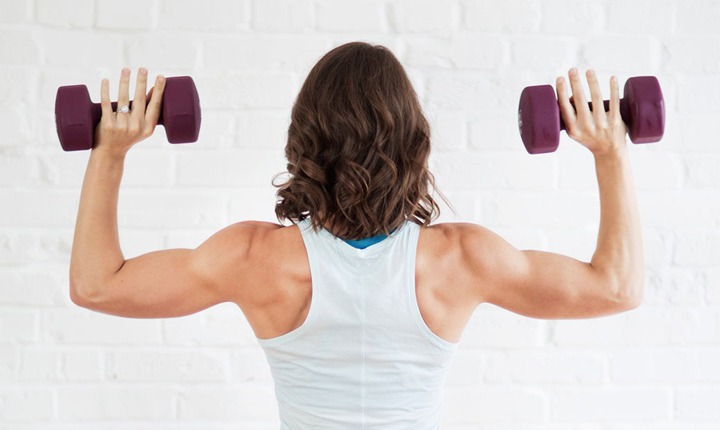
Strength training strengthens your muscle and enhances your posture in the shoulder area. It also increases the stability in the shoulder joint. You can try some strength training workouts for your shoulder:
- Bent Over Laterals – If you don’t have a proper shape in your neck and extra fat on your shoulder then this exercise can really work. Along with posture correction, this workout adds upper body strength and reduces the problem of spondylosis.
- Dumbbell Military Press – If you want a masculine body and wide shoulders then Dumbbell Military Press is an appropriate exercise. You can also emphasize your deltoids with the help of this exercise.
- Cable Laterals – This is a good fat loss strength training exercise that helps you reduce your weight and reduce the shoulder muscle tension. Not only the upper portion, but this exercise also helps control the weight of your whole body.
- Side Laterals – Side Laterals help in achieving muscle hypertrophy or growth. You can grow muscles of your lateral deltoid. This workout also helps in broadening your shoulder and the biceps.
4. Thigh Exercise
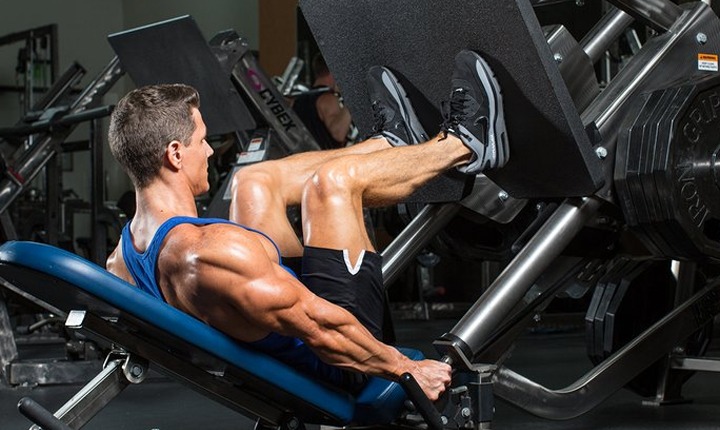
The strength training workouts also help in strengthening your glutes, legs, and lower body. It also helps muscle mobility. Along with thigh, the core muscles are also endured if you practice strength training. Some exercises for thigh are:
- Lunges – Lunges can strengthen the tissues of your legs and buttocks. Moreover, this workout helps in circulating the blood in your lower body properly.
- Leg Extension – If you are affected by severe joint and knee pain then Leg Extension is a great therapy. This workout also focuses on strengthening your knee joint, patellar ligament and quadriceps.
- Machine Hack Squats – This exercise helps in strengthening the lower foot, glutes, and quads. It also helps in cutting down the fat of the thigh.
5. Calves Exercise
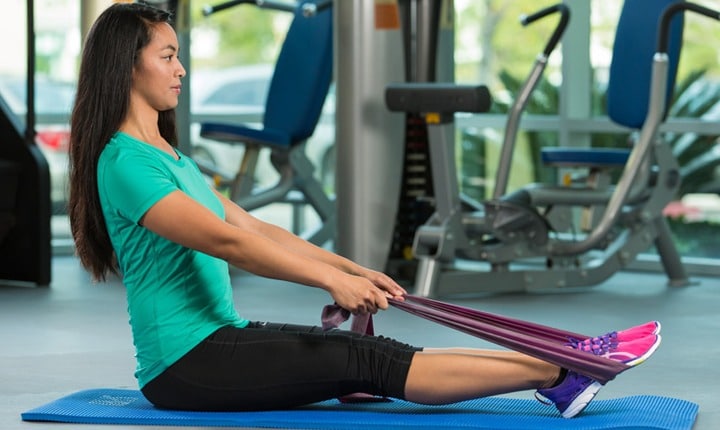
A strong calf has multiple benefits. It will help you stabilize the feet and ankle. It also strengthens the hips and butts along with the entire calf. Practice these workouts to get a strong calf muscle:
- Seated Calf Raise – This exercise prevents shin splints. Seated Calf Raise also cut out the fat of your calves.
- Standing Calf Raise – This workout increases the ankle strength, reduce calf pain and also help in achieving bigger calves. If you’re prepping for the marathon and you want to run long start practicing Standing Calf raise regularly.
Bottom Line
If you practice all these strength training workouts every day then there will be no chance in increasing calorie. Moreover, these exercises will help you gain the power to succeed in every battlefield of life such as sports, athletic, media-related works, etc.


